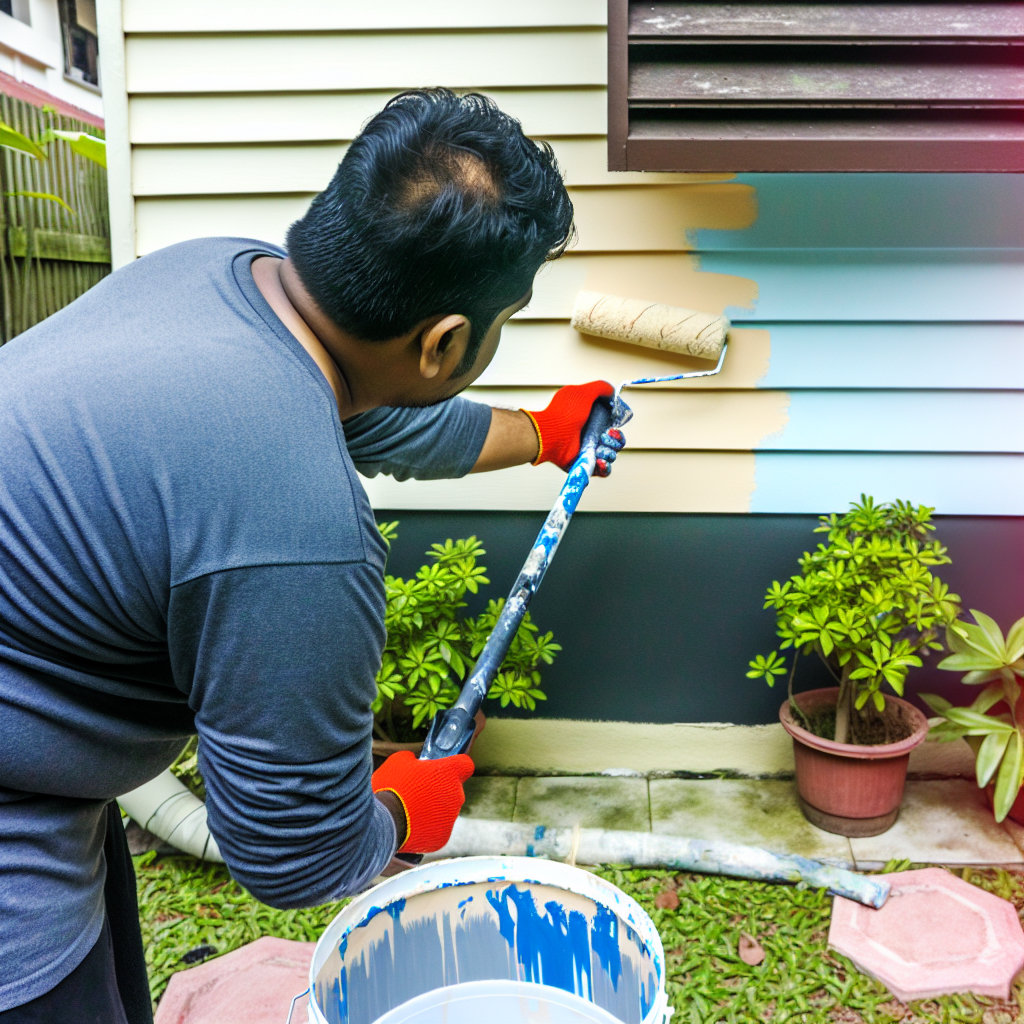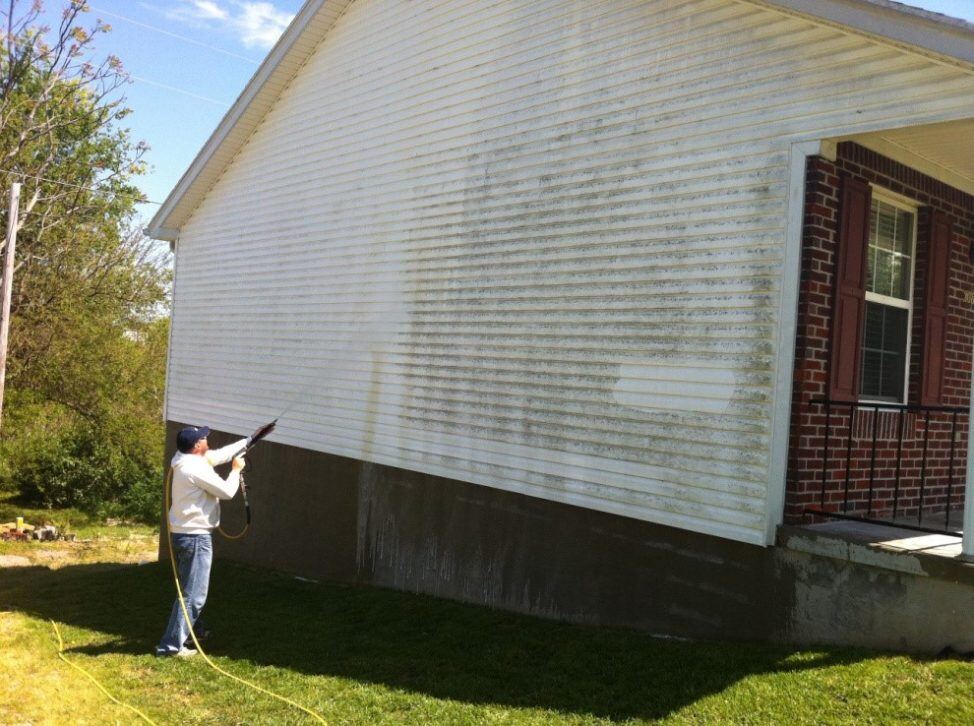How to Paint Vinyl Siding: A Step-by-Step Guide

Transform your home's exterior with these expert tips on painting vinyl siding, ensuring a durable and vibrant finish.
Why You Should Consider Painting Vinyl Siding
Painting your vinyl siding can breathe new life into your home's exterior. Over time, vinyl siding can become dull, faded, or outdated in color. A fresh coat of paint can enhance your home's curb appeal, making it look more modern and well-maintained.
Additionally, painting vinyl siding is a cost-effective alternative to replacing it entirely. It allows you to update the look of your home without the expense and hassle of a full siding replacement. Plus, with the right preparation and materials, painted vinyl siding can be just as durable and long-lasting as new siding.
Essential Tools and Materials You'll Need
Before you start painting, gather all the necessary tools and materials to ensure a smooth and efficient process. Here’s a list of what you'll need:
- High-quality exterior paint designed for vinyl siding
- Paint sprayer or high-quality brushes and rollers
- Primer (if required by the paint manufacturer)
- Drop cloths or tarps to protect your landscaping
- Painter's tape to mask off areas you don't want to paint
- Cleaning solution and a scrub brush for preparing the siding
- Safety gear, including gloves and goggles
Preparing Your Vinyl Siding for Painting
Proper preparation is crucial for achieving a smooth, long-lasting finish. Start by thoroughly cleaning your vinyl siding to remove dirt, mold, and mildew. Use a cleaning solution specifically designed for vinyl siding and a scrub brush to ensure a deep clean.
Once the siding is clean and dry, inspect it for any cracks or damage. Repair any issues before you begin painting. If your paint manufacturer recommends using a primer, apply it at this stage, ensuring even coverage across all surfaces.
Step-by-Step Painting Process
Now that your siding is prepped, you can begin the painting process. Follow these steps for the best results:
1. Mask off any areas you don't want to paint using painter's tape and drop cloths.
2. If using a paint sprayer, practice on a piece of cardboard first to get a feel for the spray pattern. If using brushes and rollers, make sure they are high-quality to avoid streaks and uneven coverage.
3. Start painting from the top of the siding and work your way down. This will help prevent drips and allow you to catch any drips that do occur.
4. Apply the paint in thin, even coats. It's better to do multiple thin coats than one thick coat to avoid peeling and ensure a smooth finish.
5. Allow each coat to dry completely before applying the next one. Follow the paint manufacturer's instructions for drying times.
Maintenance Tips for Painted Vinyl Siding
To keep your newly painted vinyl siding looking its best, follow these maintenance tips:
1. Regularly clean the siding with a mild detergent and water to remove dirt and grime.
2. Inspect the siding periodically for any signs of peeling or damage. Touch up any areas as needed to maintain a uniform appearance.
3. Avoid using high-pressure washers, as they can damage the paint and siding. Stick to gentle cleaning methods to preserve the finish.

